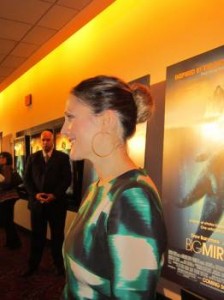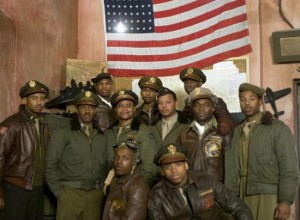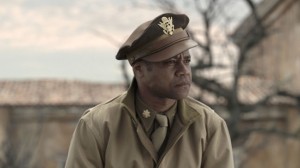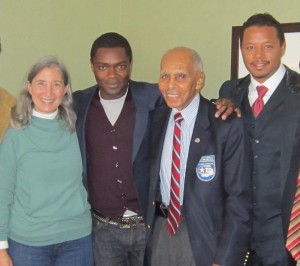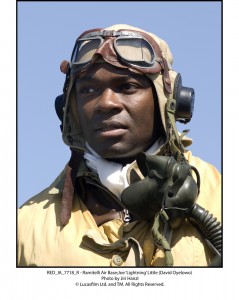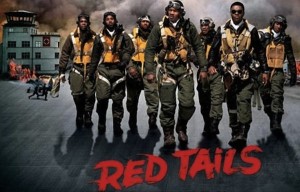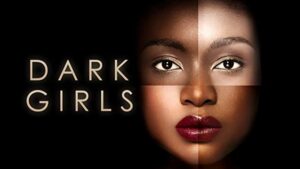Interview: Emilio Estevez of “The Way”
Posted on February 20, 2012 at 8:00 am
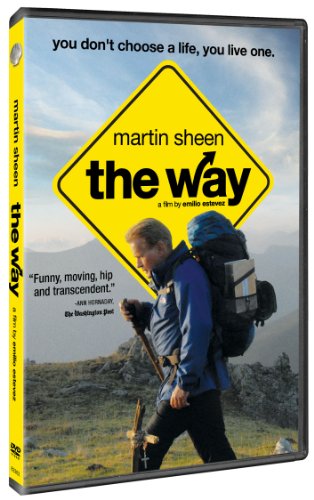 I spoke to Martin Sheen when The Way opened in theaters last year. So it was a special treat to speak to the writer and director of the film about its DVD release — Emilio Estevez, Sheen’s son, who also appears briefly in the film.
I spoke to Martin Sheen when The Way opened in theaters last year. So it was a special treat to speak to the writer and director of the film about its DVD release — Emilio Estevez, Sheen’s son, who also appears briefly in the film.
I interviewed your father and, he spoke about you as a director so wonderfully that I’ve really been looking forward to talking to you about it.
All lies and half-truths, no doubt.
Your father impressed me tremendously because as he walked into the room in the hotel, before he said hello to me, he first said hello to the staff of the hotel, and was so warm and wonderful to them. I just think he’s a very special guy.
He is indeed. He is indeed. He is one of a kind.
What is the challenge of working with him as a director? He said that you were tougher on him than any other director.
Well I didn’t get him get away with his crap. You know, my dad really hasn’t had a lead in a film for quite a while, and when that happens you oftentimes think “Well, as an actor I’m only going to get this moment and I’m only going to get that moment so I better give it my all.” But I had to keep reminding him that we had an entire film to track his character. He didn’t have to give it all up in the first act. We had a long long way to go. And we needed to dole out this emotion judiciously. So, for my part, I just had to keep reminding him: “We’re not there yet, we’re not there yet, we’re not there yet.” And it it took him a while to get it. But I think it’s a it’s a really well-paced, very quietly nuanced performance that could very easily could’ve been scenery chewing. I had to keep reminding him that you’re playing a guy that is not a citizen of the world. He’ll become that. Let’s just remind ourselves that this is a guy that has two hours to evolve. And you have to trust me that, I’ll get you there.
As you were writing The Way, were there elements of your father’s ability as an actor or his personality that you wanted to bring out that you thought had not been shown in some of his previous performances?
No, not necessarily. It was a role that was so unlike who he is. This is a guy who was a curmudgeon. My dad is certainly not that. He shakes everyone’s hand. He got a nickname while we were on on tour this last year. We call him the fanstalker, which is a nickname my son came up with. If a fan didn’t get a photo he made sure that, they were acknowledged and did. So he’d go out of his way to make sure, everyone was accommodated. Meanwhile, you know of course the tour’s falling hours and days behind schedule.
Talk to me a little bit about some of the other casting. I thought you chose the other performers very well.
Deborah Kara Unger was a friend of the producer David Alexanian. I met her while I was writing the screenplay. She asked what I was working on, and just sort through a series of conversations with her, I began to to tailor the role for her, for who she is. By the time we got around to getting ready to shoot, she was available and willing to play that part. Jimmy Nesbit, uh the character of Jack, came through more conventional channels. He was somebody that an agent had pitched to the casting director in LA. I saw a film that he did called “Five Minutes of Heaven” with Liam Neesson, and I thought, “Wow, this guy’s terrific.” He and I had a couple of conversations on the phone and I said, “Listen, he’s, he’s written as a Brit but let’s play him as an Irishman. So you don’t have to affect an accent.” He said great. The role of Yorick, or the role of Joost really, played by Yorick, was a bit different. We were about eight days out from starting the film. And David. our producer. actually found five guys on the internet and said, “You’ve gotta pick one.” So we, set up a meeting to have Yorick fly in to Madrid to meet us. And, he was given the wrong information and flew to Barcelona instead. so that. It further delayed us, but he ended up sorting it out and he showed up in Madrid the first thing he said he said “Man, I’m so sorry but for what it’s worth, it wasn’t a total loss. I had the most amazing landing in Barcelona.” And I said, “I think we have our Joost.”
What have you learned from some of the directors you worked with as an actor, that helped you as a director?
I’ve been fortunate to work with some great directors and some not great directors as well. I think you learn just as much from the bad ones as you do from, from the good ones. Robert Wise was the director of “Sound of Music” and “West Side Story.” He was a friend of mine. He has a real understanding of film and film history, so he was my executive producer and my mentor in the first film that I, directed and I learned a lot from him. He was just a very generous man. And he taught me about preparation. And anticipation, and communication. Those were the three most important words that a director could ever know. Really is it is all in the prep. We spent a couple of months on the Camino, every day just preparing the hell out of this movie. And by the time we got back to shoot in late September, I knew the Camino better than most painters.
Why, is it, in in 2012 so many centuries that these journeys are still so important to us? That these old-fashioned, walk one step at a time journeys are still so important?
Aren’t they really a metaphor for life? The path to Camino — are you walking in integrity? Are you walking in truth? Isn’t it really our first instinct, after breathing, and and eating, isn’t one of our primary instincts is to, to get up on two legs? And move forward? And take that step? That’s a natural yearning, that we all have. The fact that, that people,continue to go out, and continue to do, whether it’s this pilgrimage or Mecca or any of the other pilgrimages around the globe, they are an intense mediation. An intense period of time where you are forced to look inward and we are currently living in a world that doesn’t really celebrate that. You have to fight for that. You have to fight for that time.



